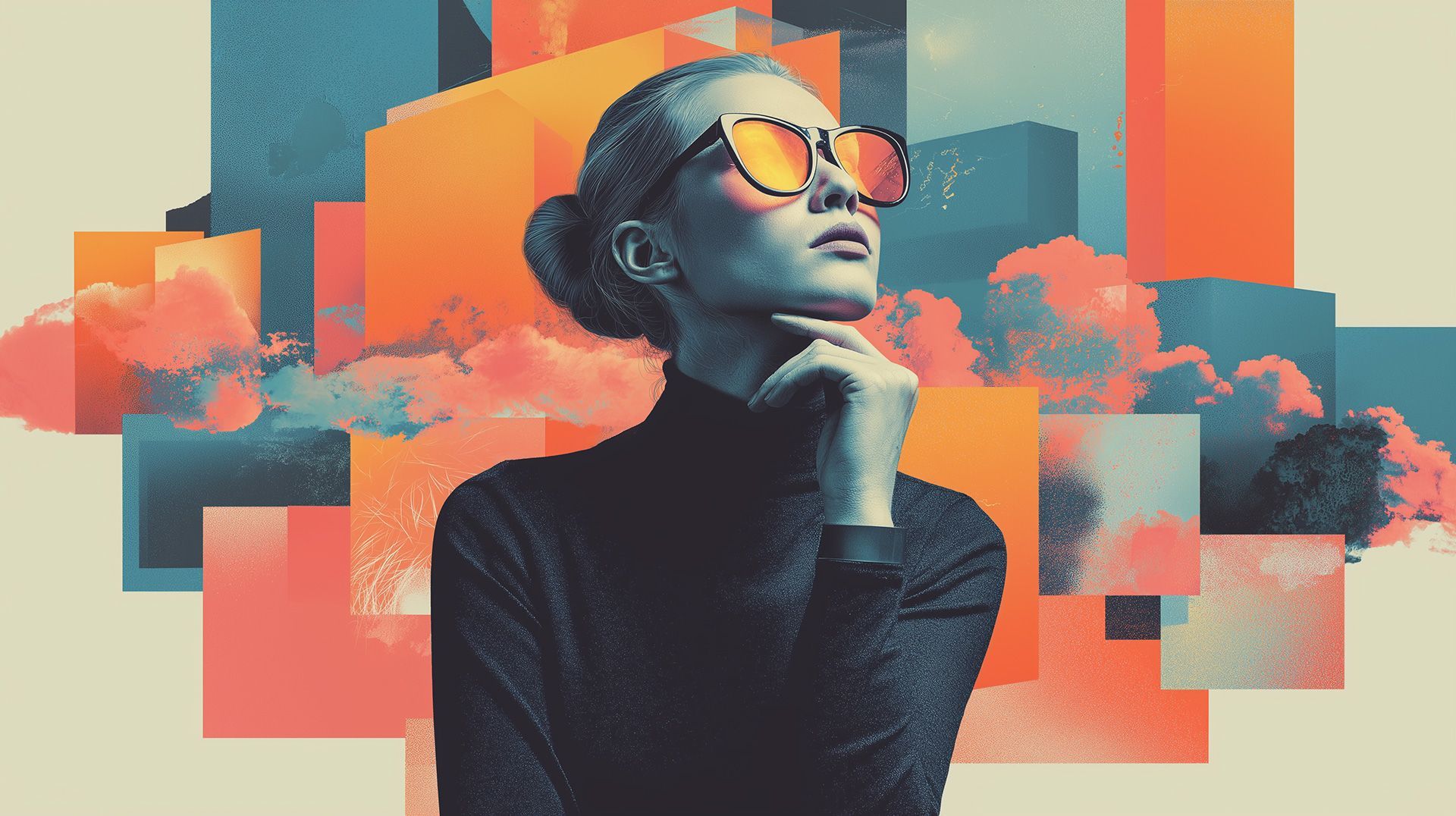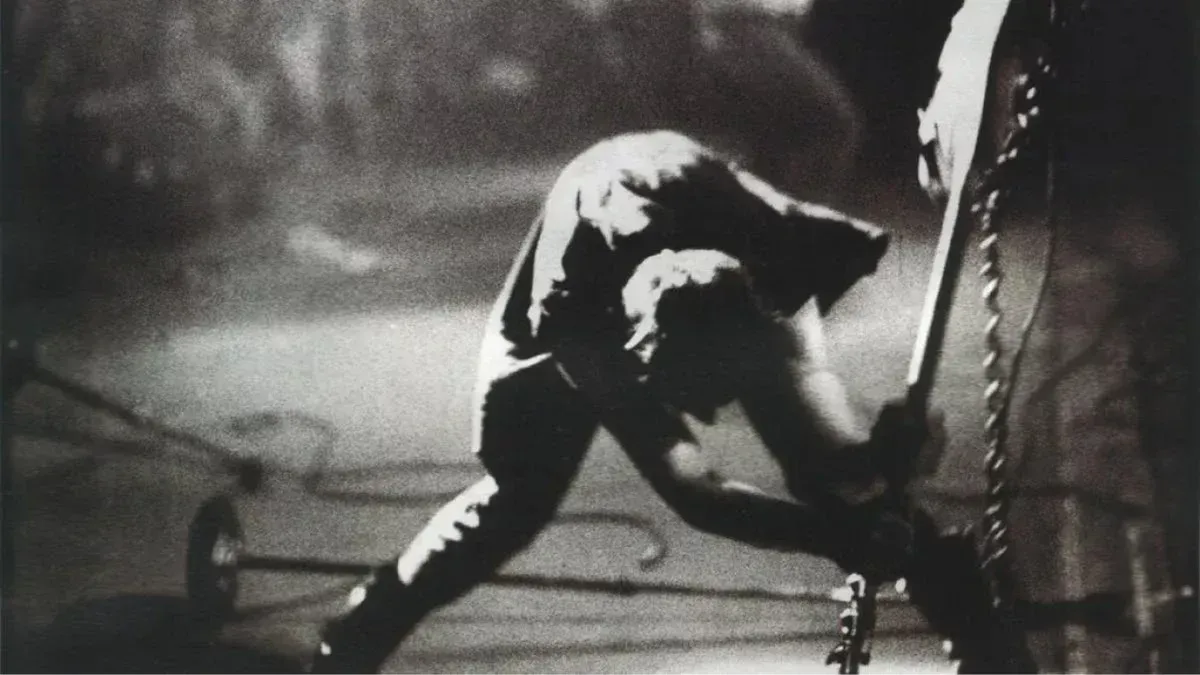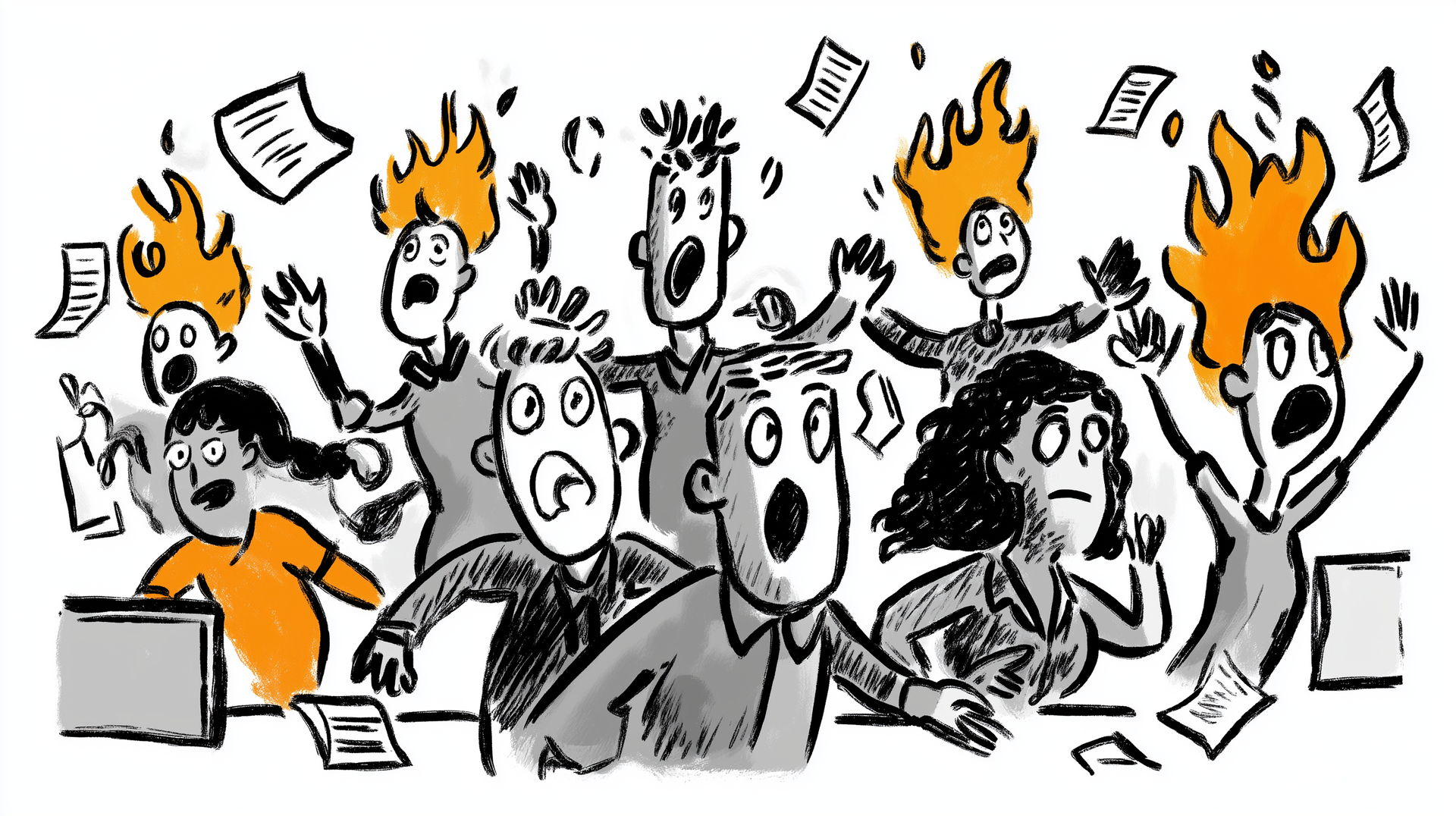IP Risk in the Gray Zone: How Creatives Can Navigate AI’s Legal Uncertainty
By Becky Loring
As generative AI tools transform creative workflows, many of us are moving faster than the legal frameworks designed to protect our work. Whether you’re training models, building prompts, or publishing AI-generated assets, one thing is clear: we are operating in a legal gray zone. And that’s where things get tricky.
If you’re a creative leader or marketing decision-maker, you may be asking the same questions a lot of us are asking right now:
- Can I use this AI-generated image in a client pitch?
- Will my brand be liable if we unknowingly infringe on someone else’s copyrighted style?
- What happens when an AI-generated voice mimics a real artist?
- Who owns the rights to AI-generated content anyway?
Let’s walk through where the legal system stands, what the risks are, and how to create responsibly in the meantime.
Where the Law Stands Today (June 2025)
As of this writing, U.S. copyright law does not recognize works created entirely by AI as copyrightable. According to the U.S. Copyright Office, creative works must include a “human author” to qualify for protection. This means:
- You can copyright an image, script, or song you made using AI if it involved meaningful human input.
- Purely machine-generated outputs without human direction or selection are not eligible for protection.
- If you use copyrighted material to train your own AI model, you may be liable for infringement.
Recent lawsuits have challenged this further. Getty Images, for example, has sued Stability AI for using copyrighted photographs to train its model without permission. Open class-action lawsuits against companies like OpenAI and Meta also center on whether scraping copyrighted material constitutes fair use.
In one case, a federal judge dismissed most of the copyright claims brought by a group of authors against OpenAI, reinforcing the legal ambiguity around how training data is evaluated under current law
In short: no one is fully protected, and no one has total clarity.
Why It Matters for Creative Teams
The risks aren’t just legal. They’re reputational, operational, and cultural.
- You could unintentionally publish content that mimics a protected style.
- Your legal and IT teams may push back on AI-generated work if the tool’s terms of service are vague.
- Artists and contributors may feel alienated if their work is used to train models without consent.
- Marketing materials could be flagged or taken down on platforms with strict IP policies.
Even if you’re working in a “low-risk” category like social content or internal presentations, creative leaders still have a responsibility to think critically about where assets come from, how they’re made, and how they’re used.
How to Reduce Risk Without Losing Momentum
No workflow is risk-free, but there are steps you can take to create responsibly:
Use AI tools with clear commercial terms.
Platforms like
Adobe Firefly offer indemnification for commercial use, meaning Adobe will defend you in certain legal cases if you follow their usage terms.
Add internal labeling or tagging systems.
Flag assets that are AI-assisted versus fully original so your legal, brand, and design teams stay aligned.
Avoid mimicking specific artists, brands, or public figures.
If a prompt relies on the “look” or “sound” of a real individual or company, steer clear unless you have rights or permission.
Document your process.
Keep records of prompts, source material, and editing steps to prove human authorship or originality if needed.
Consult with legal early.
Collaborate with in-house counsel or outside IP experts to create guidelines for your team. The best policies are preventative, not reactive.
Bottom Line
Generative AI is not inherently unethical or unlawful. However, using it without a clear understanding of copyright and IP considerations can expose brands, teams, and individuals to risk. The rules are still evolving, and that uncertainty requires thoughtful navigation.
Creative leaders have an opportunity to shape ethical standards by staying informed, maintaining transparency around process, and leading with intention.
The gray zone is not going away. With the right tools and awareness, it is possible to create responsibly and confidently within this shifting landscape.



